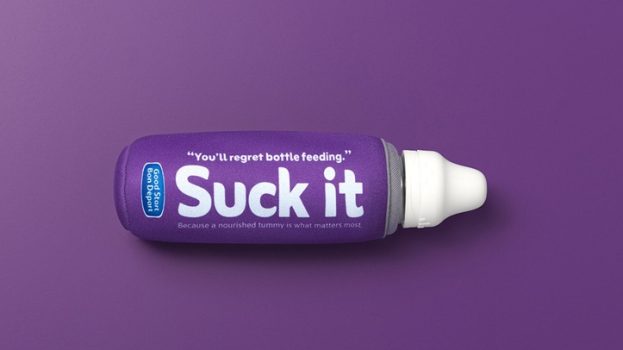Health Canada has modified the rules intended to restrict how food is marketed to children as laid out in Bill S-228 in response to industry stakeholders’ concerns regarding the scope of foods captured under its proposed regulations.
Karen McIntyre, director general of Health Canada’s food directorate, announced the changes at a meeting before the Senate Agriculture and Forestry committee on Thursday.
“It was never the intention to categorize a broad range of foods as unhealthy,” she said.
The changes follow a meeting between Health Canada officials and industry lobbyists on Wednesday. One of the industry’s primary concerns, McIntyre said, was the proposed approach of using nutritional criteria as the first step in determining which foods would be subject to restrictions. That approach, the industry has argued, would capture a broad range of foods, including those recommended for children, such as yogurt, bread and cheese.
Health Canada has amended its approach so that foods that are not advertised to children are not subject to the regulations, McIntyre said. Emphasizing the department’s “science-based” approach to the issue, she said the new guidelines will begin by asking whether the food in question is advertised to children, instead of whether it exceeds the nutrient criteria, to determine if it is subject to advertising restrictions. Whether an ad is child-directed will be determined based on criteria such as setting, medium and “child appeal,” including the use of “child-targeted characteristics and techniques.”
In addition, Health Canada’s new proposed regulations will only restrict foods in which the total levels of sodium, fat or free sugars exceed the “low-in thresholds.” That approach, McIntyre said, is based on research showing that it takes few foods surpassing those thresholds for children to exceed their recommended daily intakes. She added that foods that are recommended to be regularly eaten by children will not be subject to advertising restrictions, to better align with Health Canada’s new food guide.
She said that stakeholders have so far responded positively to the proposed changes.
However, Health Canada will not yet commit to removing or replacing the word “unhealthy” from its guidelines, according to news website iPolitics, but the department does not “plan to apply the label to specific food products.”
At the meeting, McIntyre noted how the marketing of unhealthy food to children has been identified by authoritative health organizations, such as the World Health Organization and the Institutes of Medicine, as “a major contributor to child obesity.”
A recent studied by the Heart and Stroke Foundation found that three-quarters of Canadian children are exposed to food marketing on social media, with the majority of ads being for “ultra-processed foods and beverages high in fat, salt or sugar.” The report found that children kids and teens aged 7 to 16 are exposed to food and beverage marketing on average 111 times a week, totalling close to 6,000 times per year.
“Protecting the health of children is a priority for the government of Canada,” said McIntyre. The government’s 2017 mandate letter to the Minister of Health included directives to introduce new restrictions on the “marketing of unhealthy food and beverages to children, similar to those now in place in Quebec.”
Bill S-228 was passed in the House Commons in September, but has been awaiting final approval in the Senate before it can receive royal assent.
A recent audit of the Lobbyist Registry of Canada by French newspaper Le Devoir showed that the Interactive Advertising Bureau of Canada – whose 250 members include Amazon, Facebook, Google and Snapchat – has lobbied the government more than 22 times in the past six months. It has raised the concern that the bill would curtail food and beverage advertising and cost its members 10% of their ad revenues.
The Association of Canadian Advertisers has raised its own concerns with Health Canada and claimed the advertising industry has not been adequately consulted by the health department.
Ron Lund, president of the ACA, told strategy in previous interviews that the ACA had several problems with the nature of Bill S-228, including that it was likely to capture the “vast majority” of processed and restaurant foods, even those intended for adults. An ACA economic impact analysis conducted before the definition of “children” in the bill was changed from 17 to 13 years old pegged the cost to advertising revenues at around $1-billion.
Bill S-228 is not the only thing drawing more attention to practices around marketing food to children. Last month, a judge ruled in favour of allowing a class action lawsuit against McDonald’s Canada to proceed in Quebec. The action is being led by a father who claims the QSR’s Happy Meals and toys violate the province’s consumer protection law, which prohibits commercial advertising directed at children under the age of 13.
























